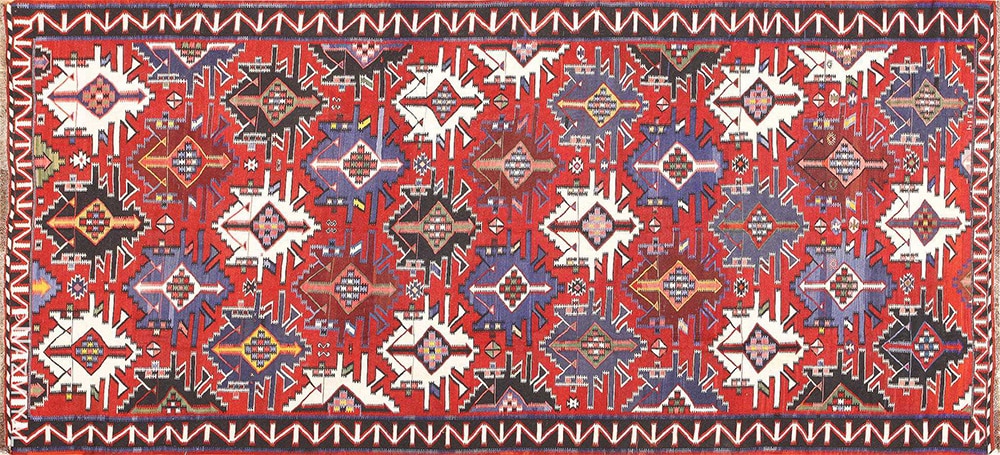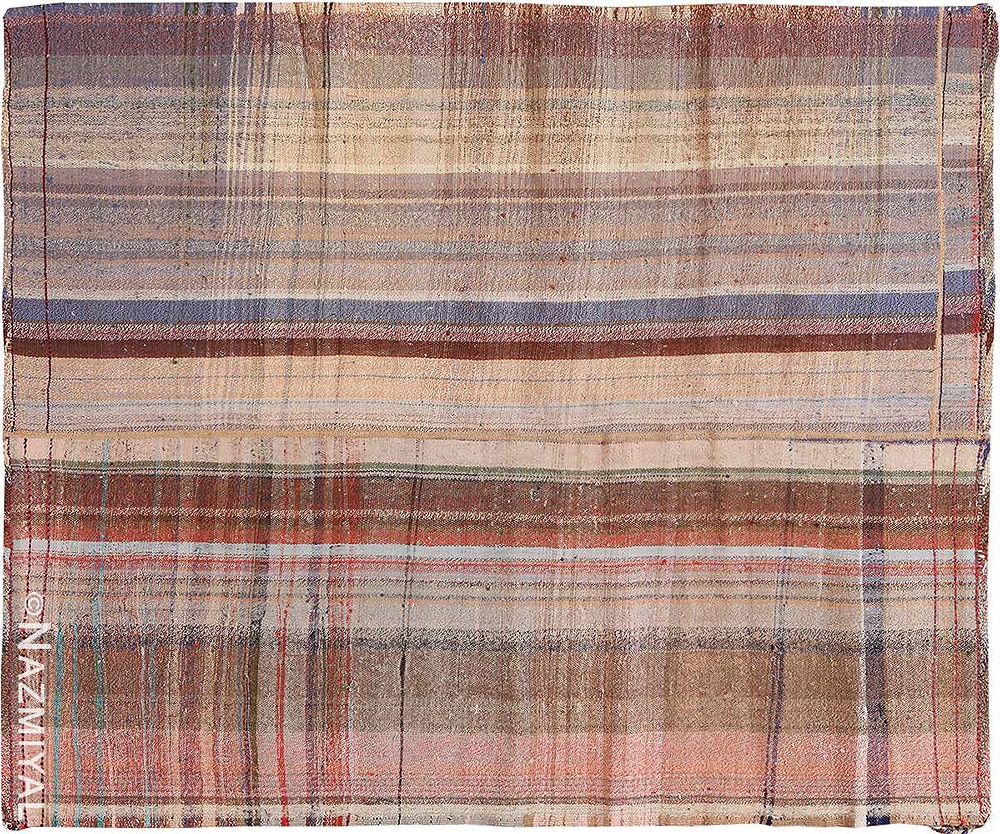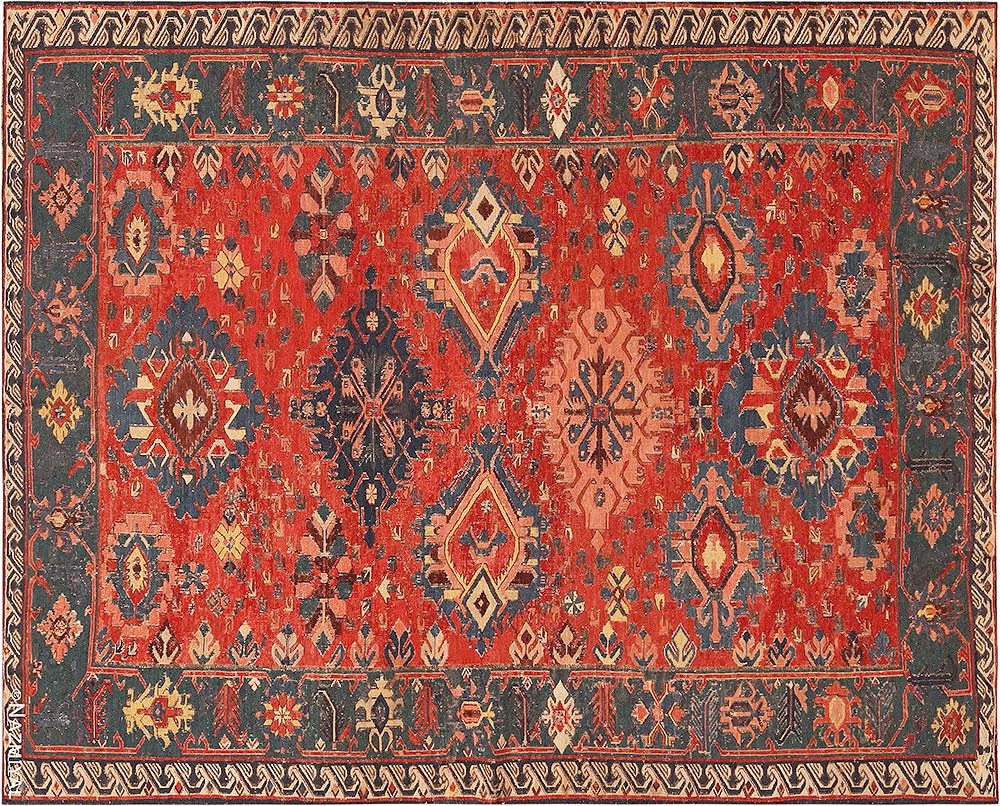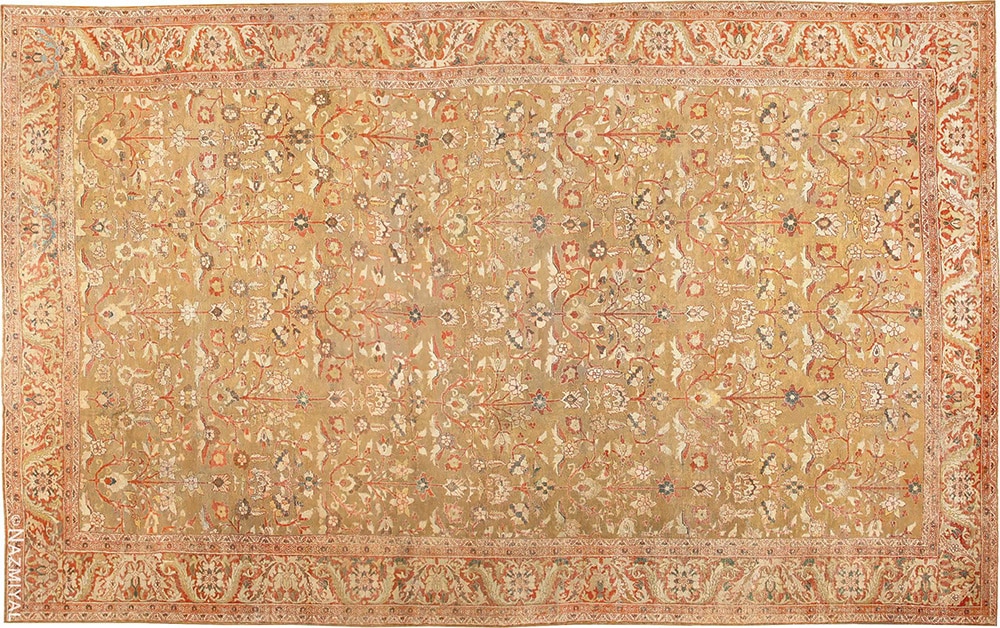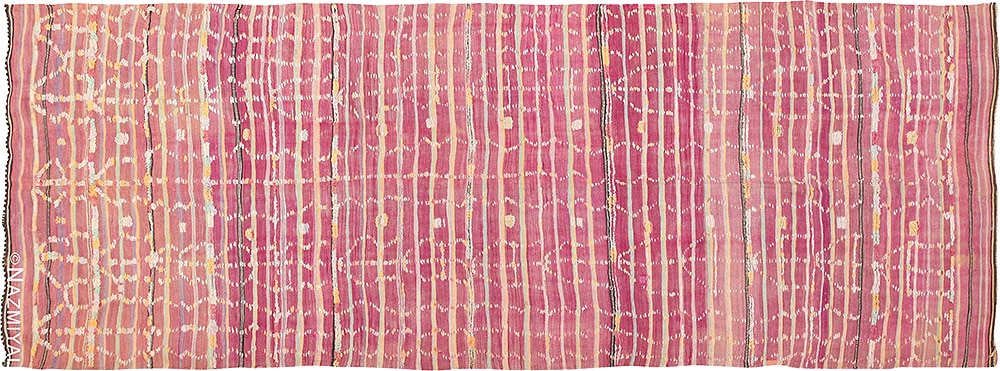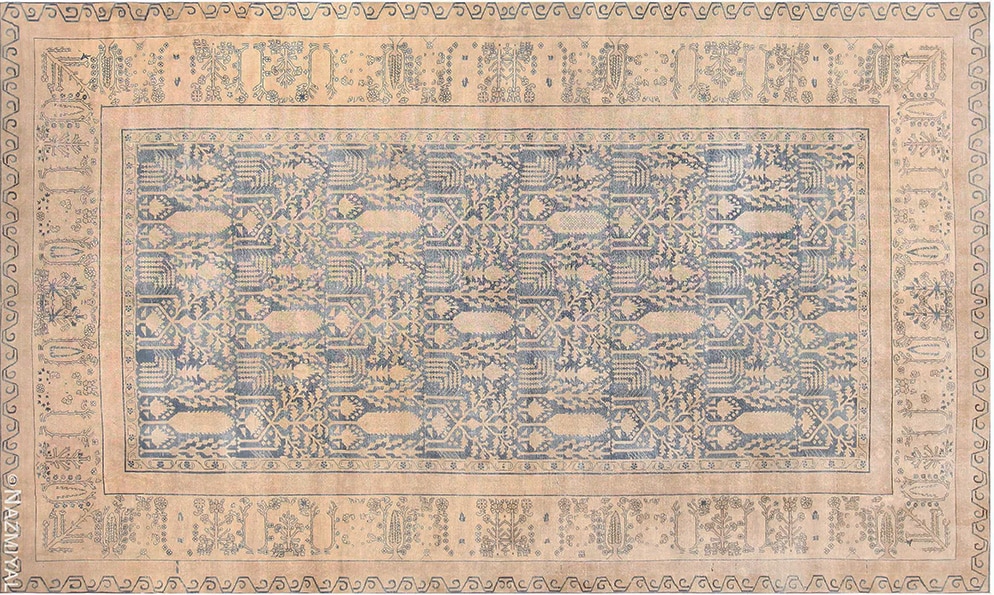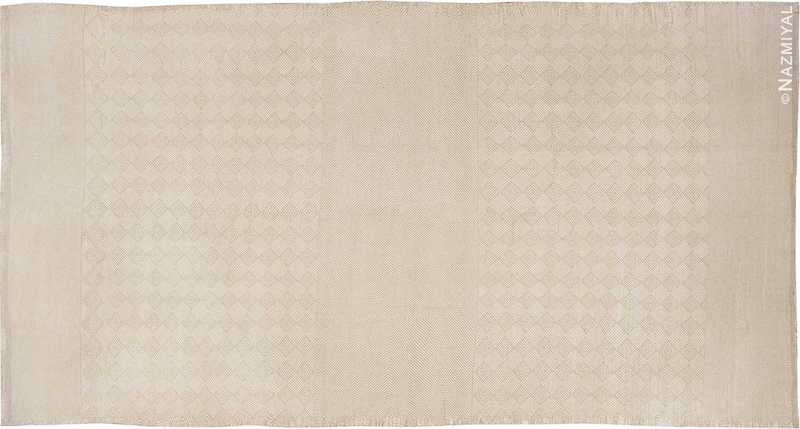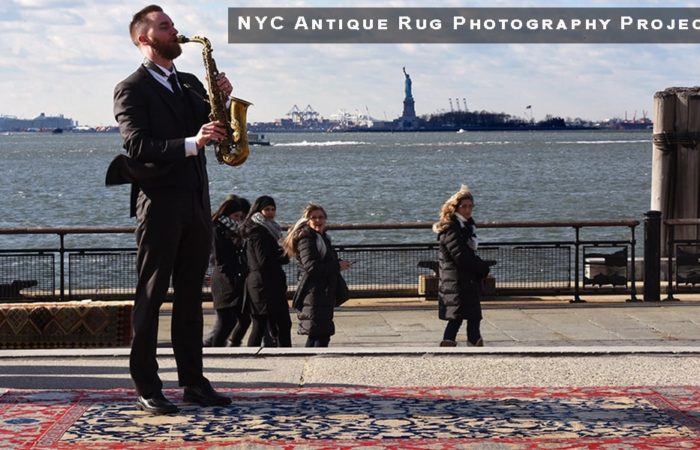Exploring Mediterranean Interior Design
In the sun-kissed regions along the Mediterranean coast of Europe, a unique style has emerged. This design language is surprisingly consistent along the coast despite the different cultures. It reflects the relaxed and welcoming lifestyle enjoyed by the people there. The style is also heavily influenced by the temperate climate.
If you want to create a pleasing and colorful but casual design in your home, consider this style. With a few of the right furniture pieces, decorations and of course rugs, you can create your own Mediterranean interior design oasis.
What is Mediterranean Interior Design?
Mediterranean interior design refers to a style of home decor and design that draws inspiration from the countries surrounding the Mediterranean Sea, such as Italy, Greece, Spain, and Morocco. This style is known for its warm and inviting ambiance, rustic elements, and rich cultural influences.
Here are some key characteristics of Mediterranean interior design:
- Colors: The color palette typically includes warm earth tones like terracotta, ochre, sandy beige, and deep blues. These colors reflect the natural elements found in the Mediterranean region.
- Materials: Natural materials are prominent in Mediterranean design. Stone, terracotta tiles, wood, and wrought iron are commonly used. These materials bring a sense of authenticity and rustic charm to the space.
- Textures: Mediterranean interiors often feature textured surfaces. Rough plaster walls, exposed beams, and natural stone or mosaic tile surfaces add visual interest and depth to the design.
- Furniture: Furniture in Mediterranean design is usually made of dark, sturdy woods, such as oak or walnut. Pieces often have a rustic or distressed look. Wrought iron accents can be seen on tables, chairs, and light fixtures.
- Patterns and textiles: Mediterranean style incorporates vibrant and intricate patterns inspired by the region’s cultural heritage. Decorating with geometric patterns, mosaic tiles, and floral motifs are commonly used in textiles such as area rugs, upholstery, and curtains.
- Lighting: Natural light is highly valued in Mediterranean design. Large windows and open floor plans allow for ample sunlight. When it comes to artificial lighting, wrought iron chandeliers, lanterns, and wall sconces are popular choices.
- Accessories: Decorative elements play a significant role in Mediterranean design. Clay pottery, ceramic vases, colorful glassware, and ornate mirrors are often used to enhance the space. Additionally, incorporating plants, such as olive trees or potted herbs, can add a touch of greenery and freshness.
Overall, Mediterranean interior design aims to create a relaxed and welcoming atmosphere that reflects the warmth and charm of the Mediterranean lifestyle. It combines natural materials, rich colors, and cultural influences to create a visually appealing and culturally inspired space.
The Mediterranean Style and Its Influences
The Mediterranean style principally refers to the architectural and interior design trends of the coastal regions of Greece, Italy and Spain. They are all a little different but share clear influences from each other and from the beautiful, turquoise water, sunny weather and vibrant flora of the region.
Some of the common decorative cues include indoor/outdoor combined spaces, textured walls, rustic and furniture and wood or stone tiles floors. They also use a lot of natural light and combine soft, neutral tones with vibrant accents.
Greece: In Greece, the style is whitewash walls with cobalt blue. This is complemented by iron furniture and the incorporation of Greek cultural motifs. A lot of the furniture has a patio vibe to it.
Italy: The Italian style is especially carefree and casual. There are many earth tones with architecture reflecting the surrounding landscape. Archways are very common. Despite the overall casual feel, many of the furniture pieces are relatively ornate.
Spain: The Spanish style borrows from Moroccan design. Some of the most striking characteristics are the cobalt-blue mosaics and the low, rustic furniture. Terracotta tile floors are common.
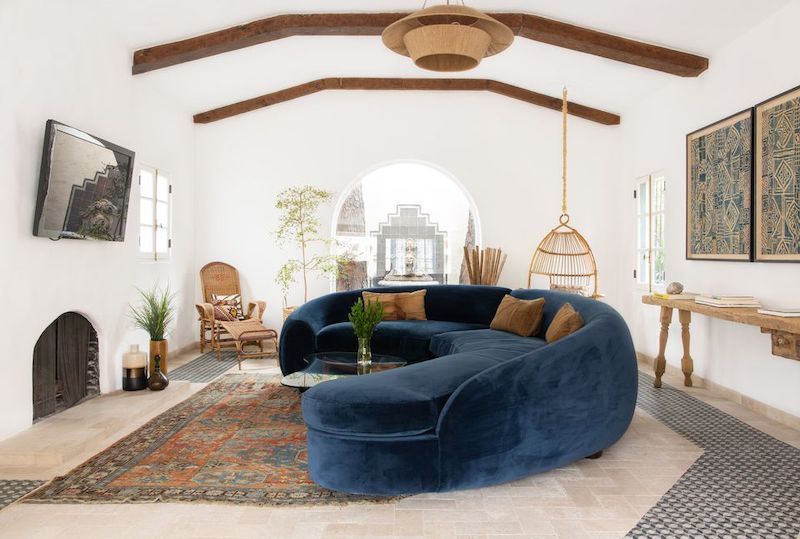
Mediterranean interior design involves open air, as well as materials like wood and tile.
Designing Using the Mediterranean Style
One of the most important qualities for a Mediterranean style home is achieving the laid-back coastal feel. Take advantage of outdoor areas and let natural light into any interior spaces to create an airy feel. Getting the big pieces (walls, furniture and rugs) right is important because they help to set the tone of the space.
Furniture
Furniture choice tends to be one of the most region-dependent facets. Look for larger pieces such as armoires and big tables suitable for hosting parties. In the Mediterranean, family and friends are top priorities. Furniture should be selected with the intent of entertaining, especially in the kitchen. Light pine is a common choice for furniture construction. Wrought iron also works well.
Decorations
Accessories in a Mediterranean home decor style should be colorful and vibrant but not to the point where you create a maximalist interior design. Select simple pieces with a rustic vibe. Decorative pillows can be powerful tools for this style, especially when the same accent color is expressed throughout the room. Blues, turquoises and similar colors are top choices. If you want to create a more Spanish style, consider some mosaic tile accessories. This reflects the Islamic influences on Spanish culture.
Walls
Stucco walls are almost a must-have for this style. Regardless of the finish, they need to be light colors. Mediterranean rooms are airy and reflect a continuous lifestyle between the indoor and outdoor spaces. Greek homes have the starkest white walls. Italian homes tend to have more earthy tones similar to the Tuscan style. Spanish homes are often somewhere in between.
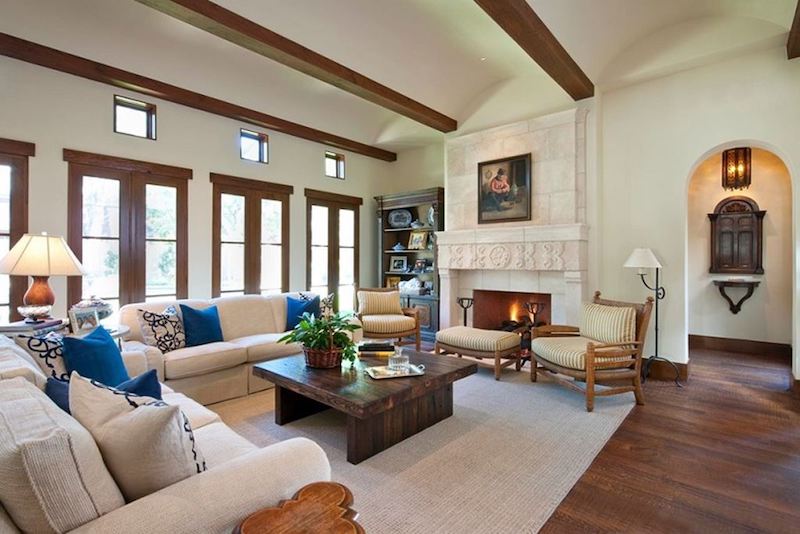
Mediterranean interior design involves light colored walls and blue or turquoise accents.
Incorporating Rugs Into Your Mediterranean-Inspired Rooms
With all the hardwood and stone tiles of the Mediterranean aesthetic, area rugs are a must for every room. Look for large rugs with neutral colors that mesh well with the walls.
For a more bold area rug option, consider a piece with a neutral field but a colorful design. This works especially well if the secondary rug color is reflected throughout the room.
To create the truest implementation of this style, look to find area rugs with more traditional designs. For the Greek style, opt for a blue and ivory rug with a simple pattern. For the Italian look, consider a more floral or Oriental option. To make a Spanish home come together, consider a Moroccan rug — many of these are absolutely beautiful. Alternatively, consider a more modern style. This can add a pleasant, contemporary refresh of the style.
For this, look for a subtle, cool color palette with an attractive but subdued modern design. Flat-weave rugs work very well, especially for more Greece-inspired homes. Natural fibers are another great choice. These have the added benefit of tending to stand up well to the rigors of coastal homes.
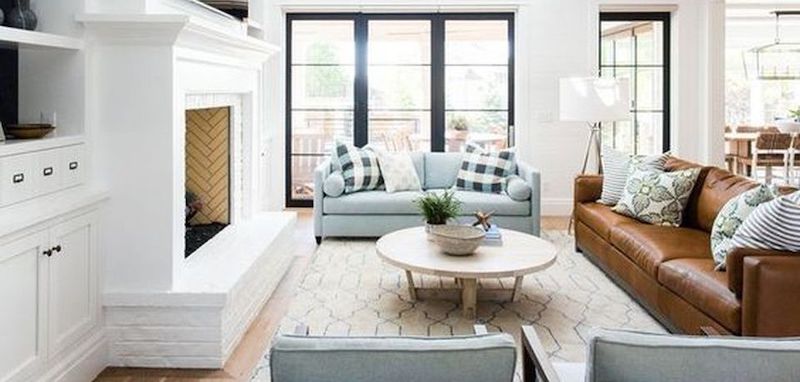
Often, Moroccan rugs are incorporated into Mediterranean interior design.
Finding Your Ideal Rugs
Whether you want to design the perfect Mediterranean-style retreat or any other type of décor, Nazmiyal Rugs has what you are seeking. Our selection spans antique, vintage and modern rugs for a variety of price points. If you are looking for just the right rug for your home or want to invest in a truly artistic piece, our experts can help you find what you are looking for. Bring your interior design together with one of our beautiful rugs. Explore the collection today.
Here are some perfect area rugs for your Mediterranean interior design and home decor:
This interior design blog about Mediterranean interior design was published by Nazmiyal Antique Rugs.

